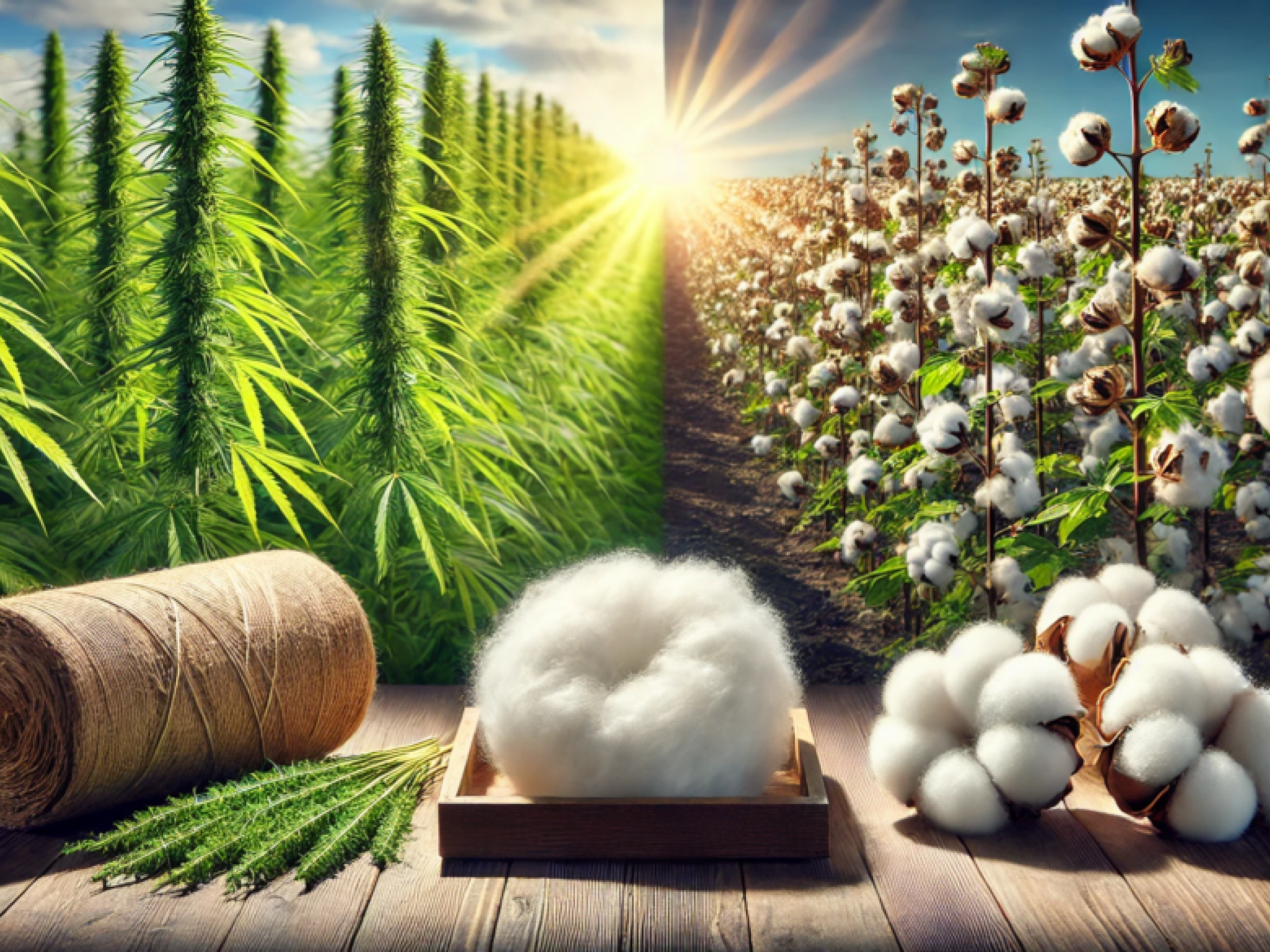
Hemp clothing is gaining traction as an eco-friendly alternative in the apparel industry. Yet, the higher price tag often deters consumers. This premium stems from production challenges, including natural yarn inconsistencies, rigorous quality control processes and the commitment to sustainable practices.
Manufacturing Challenges Impacting Hemp Clothing Costs
Hemp fibers are more difficult to process compared to synthetic or even cotton fibers. Natural yarns often present inconsistencies, such as bumps, which can disrupt manufacturing equipment and create fabric waste.
These inefficiencies raise production costs and directly impact pricing. According to Lampoon Magazine, Jungmaven, a Los Angeles-based hemp clothing brand, reports that up to 15% of their hemp fabric is discarded due to defects, compared to just 2% for cotton.
- Get Benzinga’s exclusive analysis and the top news about the cannabis industry and markets daily in your inbox for free. Subscribe to our newsletter here. If you’re serious about the business, you can’t afford to miss out.
Jungmaven's efforts to control costs by growing hemp locally in California highlight a broader trend in the U.S. hemp industry: the push for self-sufficiency and innovation. While their practices address inefficiencies, they also mirror challenges faced industry-wide. Supply chains remain underdeveloped and scalability is limited, as the sector evolves from reliance on imported materials to building a domestic infrastructure.
Sustainability Standards In Hemp Fabric Production
Additionally, dyeing hemp while maintaining sustainability standards adds complexity. Jungmaven uses eco-friendly, fiber-reactive dyes free of heavy metals, which comply with strict Los Angeles regulations. These practices protect the environment but also increase production costs.
Despite these hurdles, hemp offers unique benefits: it's breathable, antimicrobial and requires less frequent washing, reducing water usage over its lifecycle.
Hemp Fiber: A Post-CBD Market Opportunity
The U.S. hemp industry, recovering from the CBD market's volatility, is exploring opportunities in hemp fiber. Dr. David Suchoff from North Carolina State University is leading research to optimize hemp harvesting and improve fiber quality. According to Benzinga, Suchoff's work includes breeding hemp varieties suited for diverse climates, addressing inefficiencies and lowering production costs.
Hemp fiber shows potential for sustainable textiles, but it may not compete with high-end cotton soon. However, its applications in nonwoven products, like packaging, provide new revenue streams for manufacturers. Growing consumer demand for eco-friendly products could further drive hemp's adoption.
Eco-Friendly Clothing: Another Potential Growth Driver For Hemp
Jungmann's early adoption of hemp in the 1980s and Suchoff's ongoing research underscore the industry's evolution. As production methods improve and costs decrease, hemp clothing may become more accessible while maintaining its sustainable edge.
For investors, the sector's expansion signals opportunities in eco-conscious manufacturing and diversified agricultural markets.
Read Next:







